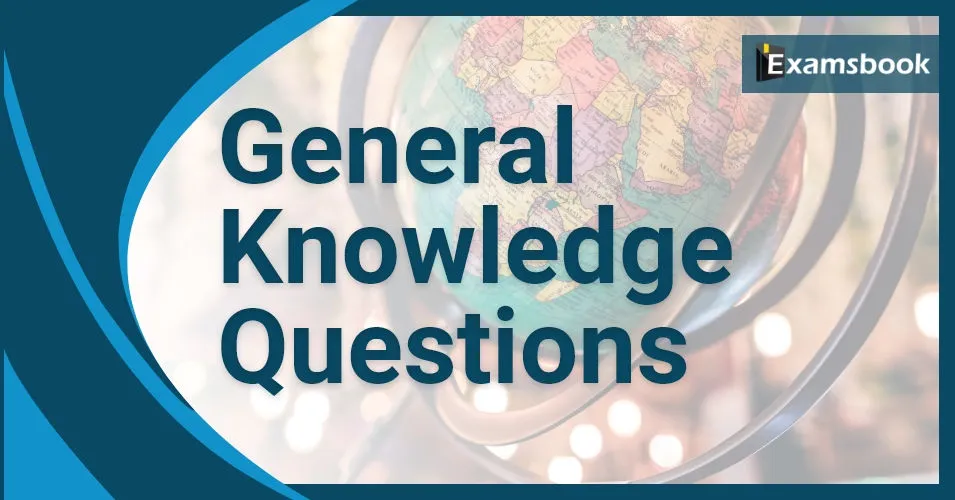


Q :
Where can we see the values of Indian democracy in the constitution?
(A) Preamble
(B) Part-3
(C) Part-4
(D) Part-1
The values of Indian democracy can be traced in the Preamble of the Constitution. The 'Preamble' of the Constitution of India is a brief introductory statement that sets out the guiding objectives and principles of the document indicating the source from which the document derives its authority and meaning for the people.
The Unitary System of Government possesses which of the following advantages?
(A) Fundamental Rights
(B) Directive Principles of the State Policy
(C) Fundamental Duties
(D) Emergency Provision
The Unitary System of Government, where power is concentrated at the central level, ensures uniformity, efficiency, and quick decision-making in governance. This system allows for streamlined implementation of policies and laws without regional variations, leading to administrative simplicity. However, the Directive Principles of State Policy, while essential, are distinct principles in the Indian Constitution, guiding social and economic policies, irrespective of the system of government in place.
What was the basis for constituting the Constituent Assembly of India?
(A) The Resolution of the Indian National Congress
(B) The Cabinet Mission Plan, 1946
(C) The Indian Independence Act, 1947
(D) The resolutions of the Provincial/State Legislatures of the Dominion of India
The Constituent Assembly of India was constituted based on the Cabinet Mission Plan of 1946. The plan was proposed by the British government and aimed at devising a constitutional framework for India's independence. It laid the foundation for the formation of the Constituent Assembly, which played a crucial role in drafting the Constitution of India, ultimately leading to India's independence in 1947.
The Government of India Act, 1935 was based on:
(A) The principle of federation and parliamentary system
(B) The principle of succession of the British Indian provinces
(C) Acceptance of the idea of a Constituent Assembly to draft a constitution
(D) None of these
The Government of India Act, 1935 was based on the principle of federation and introduced a parliamentary system of government. It provided for the establishment of a federal structure for India, where powers were divided between the central (federal) government and provincial governments. It also introduced the concept of bicameralism at the federal level and established a parliamentary system, laying the foundation for India's governance until it gained independence in 1947.
Who among the following had moved the objective resolution which formed the basis of the Preamble the Constitution of India in the Constituent assembly on Dec. 13, 1946?
(A) Sardar Vallabhbhai Patel
(B) Acharya J.B. Kripalani
(C) Jay Prakash Narayan
(D) Pandit Jawahar Lal Nehru
Pandit Jawaharlal Nehru moved the Objective Resolution in the Constituent Assembly of India on December 13, 1946. The Objective Resolution laid the foundation for the Preamble of the Constitution of India and outlined the fundamental principles that would guide the framing of the Indian Constitution.
Which one of the following is not an element of the State?
(A) Population
(B) Land
(C) Army
(D) Government
The statement "Army" is incorrect. The army is, in fact, an essential element of the State. The elements of the State typically include population, territory, government, and sovereignty. The army, or the military, is part of the government's structure and is responsible for national defense, making it a crucial component of the State apparatus.
Statement I: The Constitution of India is a liberal Constitution
Statement II: It provides Fundamental Rights to Individuals
(A) Both the statement are individually true and statement II is the correct explanation of statement
(B) Both the statements are individually true but statement II is not the correct explanation of statement
(C) Statement I is true but statement II is false
(D) Statement I is false but statement II is true
both statements are individually true, and statement II is the correct explanation of statement I. The Constitution of India is indeed a liberal Constitution, emphasizing democratic values, individual rights, and freedoms. Statement II clarifies that it achieves this liberal character by providing Fundamental Rights to individuals, which are essential elements of a liberal democratic framework, ensuring citizens' liberties and equal protection under the law.
India is a republic because
(A) It is democratic country
(B) It is a parliamentary democracy
(C) the head of the state is elected for a definite period
(D) All of these
India is a republic because the head of the state, the President, is elected by an electoral college for a fixed term of five years. This democratic process ensures that the highest office in the country is not hereditary but held through periodic elections, reflecting the nation's commitment to representative governance and equality.
What is the basis of classification of governments as unitary and federal?
(A) Relationship between legislature and executive
(B) Relationship between executive and judiciary
(C) Relationship between the Centre and States
(D) Relationship between the legislature, executive and judicial wings of government
Governments are classified as unitary or federal based on the distribution of power between the central and regional authorities. In a unitary system, all power is concentrated in the central government. In federal systems, power is shared between central and regional governments, each having distinct spheres of authority.
The Supreme Court on 18 July, 2022 ordered its registry to work out a mechanism to remove personal details of persons entangled in matrimonial litigation. This decision was taken to recognize which right as part of ‘right to privacy’?
(A) Right to division of power
(B) Right to live
(C) Right to be forgotten
(D) Right to practice religion
The Supreme Court's decision to remove personal details of individuals involved in matrimonial litigation is related to the concept of "Right to be forgotten," which is a part of the right to privacy. This right allows individuals to request the removal of their personal information from online platforms and other records if that information is outdated or no longer relevant, preserving their privacy and dignity.
Get the Examsbook Prep App Today